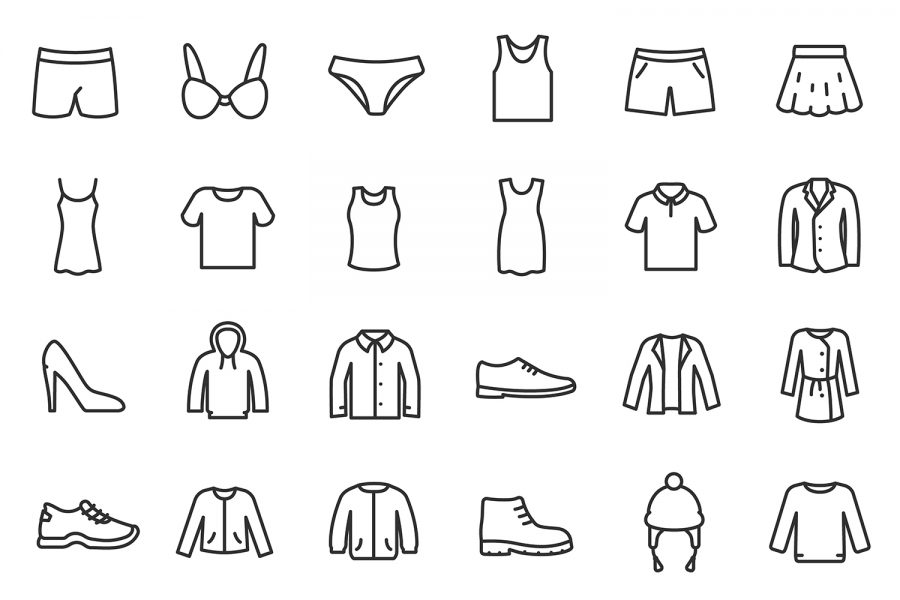Opinion: Gender norms shouldn’t dictate clothing
We should acknowledge the history of gendered fashion and be open to people wearing whatever clothing they want.
March 8, 2020
Back in October, I had a fairly simple Star Trek costume — one of the show’s iconic red shirts, and a pair of black leggings.
I didn’t realize the leggings would be so controversial.
From friends to family, I was questioned multiple times on why I was wearing them. It was bizarre having to deal with all these queries because of an article of clothing. No one should have to deal with that.
Modern conceptions of gendered clothing are fairly recent in time. Pants as we know them were only recently introduced to women — coming into fashion during WWI and WWII factory work for practical purposes. Before that, they were an explicitly masculine article of clothing.
Except that’s not really true. In various parts of the world in past periods of time, the gender of pants has varied.
The Greek Scythians wore pants, which they themselves adopted from the Persians. The Amazons, warrior women from Greek mythology, are depicted as wearing pants.
Pants aren’t the only article of clothing that has had gendered perceptions of them changed over time. High heels are another example.
Used by Persian cavalry to keep their heels in the stirrups of saddles, they made their way across the continents and ended up in Europe, where all the aristocracy adopted them. Over time, heels became associated with women as men had begun renouncing fanciful garments in favor of practicality in the Great Male Renunciation.
Which is something that is, frankly, tragic. The ramifications of the Great Male Renunciation are still felt today.
Why are men not allowed to adorn themselves with fanciful or flamboyant garments today without feeling social stigma weighing down upon them? Because some old white guys several centuries dead thought that dull dark colors suited men better?
This social institution also disproportionately affects certain minorities more than others.
It’s no secret that LBGTQ people have a wide variety of societal factors affecting them, but one thing I’d like to focus on is the stereotype of gay people being flamboyant.
This stereotype not only hurts them, but anyone else who isn’t satisfied with whatever societal norms their gender holds for them.
Anyone who wants to experiment with their appearance or try something new risks being labeled as something they’re not. While it is not a bad thing to be labeled as queer, there are people out there who will discriminate against others because of this perception.
It also prevents people from actively discovering what they like and enjoy because of gendered clothing. Some guys could easily enjoy pastel colors but not wear them because they don’t want to be seen as soft or effeminate.
For the longest time, I was afraid of trying new things with fashion because I didn’t want to be seen as effeminate because what I liked didn’t fall into standard male clothing. I didn’t want my friends to give me snide remarks because of what I wore, and I didn’t want people to make assumptions because of what I wear.
I’ve only recently come to terms with the fact that I shouldn’t restrict myself because of others’ opinions.
It may seem like a small thing to ask, but just please, don’t make snide comments about friends’ appearances when they try something new. It takes courage to stand up to hegemonic gender norms and it’s incredibly disheartening to hear friends respond to it with jokes at their expense.
Columns reflect the opinions of the authors and are not necessarily those of the Editorial Board, The Daily Iowan, or other organizations in which the author may be involved.





